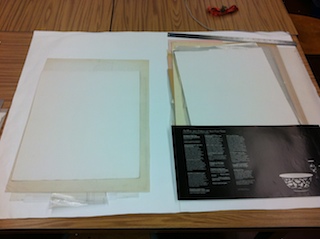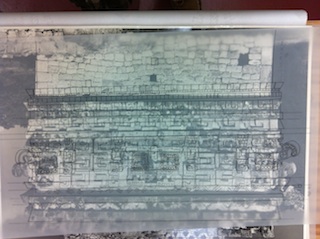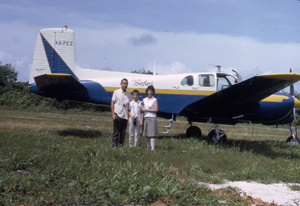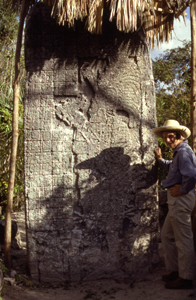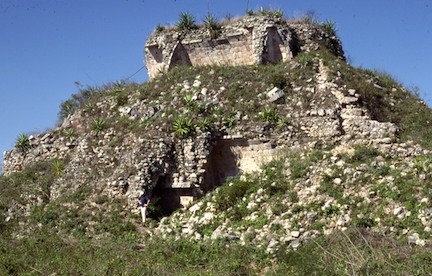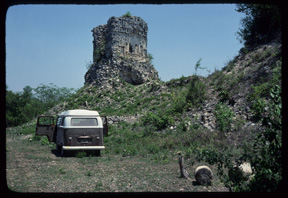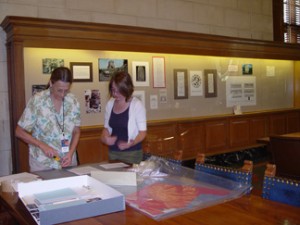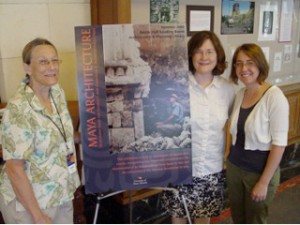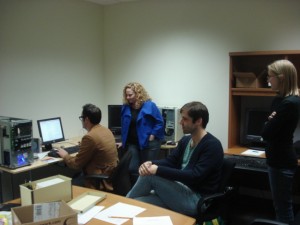Howdy all, and welcome back for another Mayaland Adventure! I hope everybody enjoyed the Independence Day weekend. The Architecture and Planning Library and Alexander Architectural Archive were closed over the weekend to celebrate, so it’s good to be back.
Recently, along with the volunteering on George F. and Gerrie D. Andrews Maya Architecture Collection, I worked with Donna Coates on accessioning a new collection. The process requires understanding the difference between relevant information and data for the archive, and that which is not pertinent to keep.
Some of the material is not kept because we can get copies online or within other resources, which includes items such as government documents or photocopies of publications. These items, though at times are rather interesting, cannot be kept due to limited space. With limited space comes a higher diligence for selecting essentials, and leaving items that are easily accessible elsewhere.
During the process of obtain new collections, we must also work to not get rid of aspects which another archive or department might use. Just because something does not apply to our archive does not necessarily mean someone else cannot use it. This is why we work with other facilities on campus or in town that might have use for the extra material. It is this cooperation that creates a friendly environment in the archival community.
Back in the George F. and Gerrie D. Andrews Maya Collection, we got together Friday to discuss the progress thus far, and how each member of the team thought the processing should continue. Ian brought up a good point that for the final sorting the collection should be placed into country categories, followed by alphabetical site sorting. This would allow researchers to acquire access to a specific region, instead of sifting through the entire collection. This is important for the archive as well because it prevents the material from being overly handled.
We also discussed how we would house the Andrew’s photos and writings. The decision we must make is whether to kept everything together, or boxed separately. This item is still up in the air at the moment. It seems, at least from my view that it would be useful to have the groups separate, because individuals would be likely to be looking specifically for photos or documentation, not necessarily both. It also feels more organized.
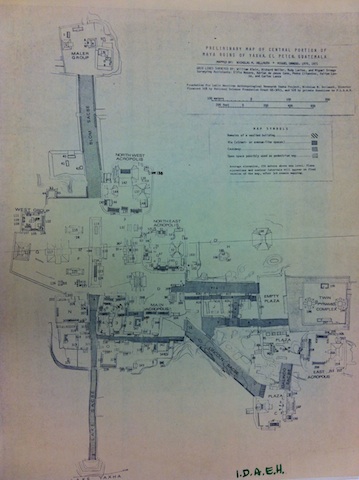
The problem arises, however, with items that are contained in the documentation that fit better within the photos portion. Here would be required to make sure to have detailed notation of each item to create a complete inventory. We also must find a place for all the drawings and sketches present within the collection. This includes maps, stelae and masks, and graffiti. These are just a couple of the questions the team faces as we continue work on the collection.
Before heading out, check out this cool photo I found while sorting. It is the ‘casa de las tortugas’ or House of the Turtles! You can see a rough scale of the building based on the individual standing in front. Enjoy las tortugas, and until next time this is Austin from Mayaland, signing off.


